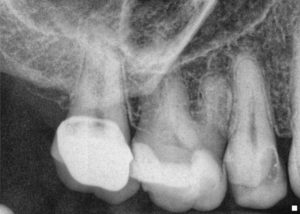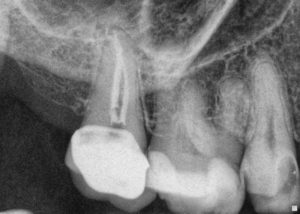One of the activities that I miss most about my training program is literature review. Throughout my career in dentistry, I have discussed dental literature with my colleagues. But in my residency program, we had a significant amount of time with our instructors to discuss the relevant endodontic literature. It never ceased to amaze me how a group of well educated and qualified individuals could have such a diverse set of interpretations when reviewing a study.
While some professionals I know are very interested in the dental literature, I have heard some dismiss it. The most common negative sentiment I have heard over the years is that it is not relevant to what is done chairside on a daily basis.
While I would like to contest that idea, the fact is, some of the literature is very difficult to tie to the things we deal with on a daily basis. However, most is certainly not all. I think the trick is to make sure that when you receive a journal, whether it is the JOE or Dentistry Today, take a few minutes to review what is in the magazine. Take what you can use and spend your energy there. If you look closely, you will probably find that there is something for everyone!
For example, much of what we know about local anesthesia in dentistry has come out of THE Ohio State University, in the Division of Endodontics. Most dental professionals use dental anesthesia in some capacity. Another such example is medical emergencies. We all treat patients with various medical conditions and being prepared to handle complications that may arise is invaluable. What is also invaluable is being able to manage these situations calmly. Over the years, I have learned that human beings can tolerate a broad range of suffering, but worrying about unknown phenomena can drive a person to the brink. In an acute situation, patients may worry, but they are relying on us to understand what is going on.
This patient presented for treatment of a maxillary second molar.
After establishing a diagnosis, treatment was completed.
Following the postoperative radiograph, the protective eyewear the patient wore during treatment was removed and a final radiograph was taken. Upon returning to the operatory, the patient noticeably jumped in order to see me. It only took a moment to realize that her right eye was unable to migrate laterally to see me. The specific mechanism of the phenomenon is outlined in this article:
http://www.ncbi.nlm.nih.gov/pmc/articles/PMC3304222/
As the article mentions, all that is required is that the patient allow time for recovery from anesthesia and the function of the affected eye would return. This is in fact what happened in our office. Now, the knowledge of this specific complication did not prevent it from happening. However, it did allow me to:
- Rapidly diagnose the condition and reassure the patient.
- Give the patient a time frame for recovery (that proved to be accurate-offering further reasssurance).
- Convey to my staff and to the patient what needed to happen until the patient recovered.
If you give PSAs (and I hope you do if you treat upper molars), this may happen. Although in my 16 years of dentistry I had not seen this before, I remembered reading this article and was able to use the literature to assist me in my daily practice. With some attention to what you are reading and why, I think that you too will be able to find new information on a monthly basis that may pertain to what you do every day.
“The purpose of learning is growth, and our minds, unlike our bodies, can continue growing as we continue to live. ”
-Mortimer Adler

